When Morrisons group property director Terry Hartwell resigned last month it was no surprise to see him replaced by the retailer’s convenience boss Gordon Mowat.
Convenience is playing an increasingly important role in Morrisons’ property strategy, as latest figures compiled for The Grocer by property experts Glenigan show.
The retailer recently admitted a setback in its attempts to open 100 M Local convenience stores during the current year. It said last month it did not complete a deal for a package of stores it was looking at because they did not meet its “strict hurdle rate criteria”.
The lack of a deal means Morrisons will only open 60 to 70 convenience stores in the current financial year ending 1 February. However, it renewed its commitment to open 100 in 2015/16.
While the retailer refuses to reveal any further details of the package, it is widely thought the stores in question were non-grocery stores. One leading retail property expert told The Grocer he suspected Morrisons’ reticence over the deal could be linked to its earlier purchase of 49 stores from Blockbuster in February 2013, in which he suspects Morrisons may have had its fingers burnt.
He argues that Morrisons was not the only retailer interested in the sites but in order to secure the deal, it overpaid.
“The overpayment combined with its’ inexperience of convenience and the higher waste associated with its focus on fresh in those stores means it has struggled to realise value from the Blockbuster investment,” he suggests.
Despite the latest setback, convenience is set to be a major focus of Morrisons’ property plans over the next few years.
“In 2013/14, as the group builds out it existing pipeline, 17 of the 34 Morrisons stores to start on site were supermarkets but earlier in the planning process the pendulum has swung far more emphatically towards the M Local format,” explains Glenigan economics director Allan Wilén.
“In 2013/14, 55 of the 77 planning applications submitted by the group were for convenience stores and 46 of the 70 projects to secure approvals were for M Local outlets.”
Wilén adds that the money Morrisons is investing in new developments also reflects the switch towards c-stores. He explains that in 2012/13, the average Morrisons project to enter the planning system was valued at £8.9m compared with just £1.7m this year.
The total value of the 77 applications made by Morrisons this year was £127.8m compared with £376.2m for just 42 projects in 2012/13. It was a similar story for the number of planning approvals won by Morrisons - 70 with a value of £197.7m this year compared with just 29 with a value of £245.1m last year. Glenigan suggests that after 2015/16 Morrisons will open about 250,000 sq ft of convenience space a year.
However, the property expert suggested that just because Morrisons had such a high number of c-stores in the pipeline didn’t necessarily mean it would open them all.
A significant portion may never open for a variety of reasons such as issues of the length of lease or the potential to expand into the neighbouring premises, he suggests.
“I think it’s always dangerous to say we are definitely going to open a certain number of stores,” he explains. “I always think it’s better to say we are targeting a certain number of stores.”
Sign in to comment on this article
Not logged in before? Register for FREE guest access today.
You will be able to:
- Read more stories
- Receive daily newsletters
- Comment on stories
Advert




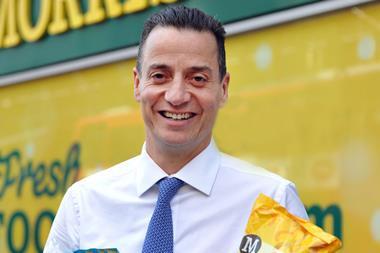
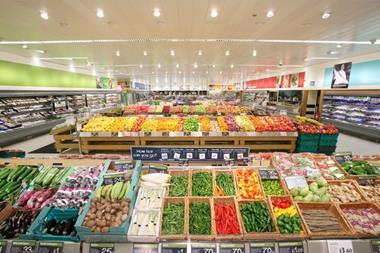
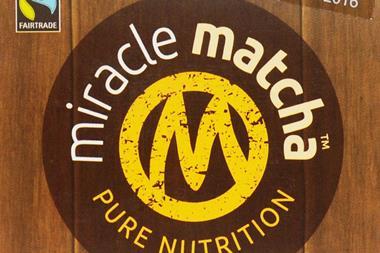
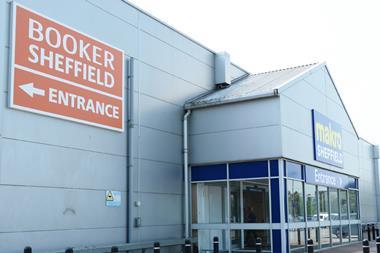
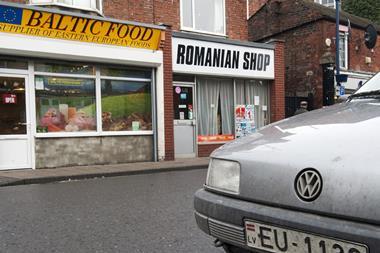

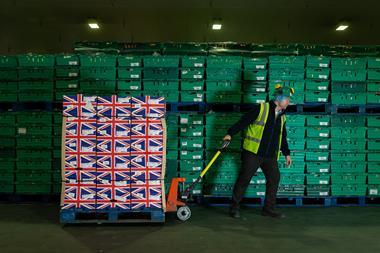

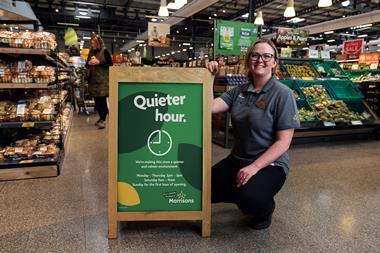
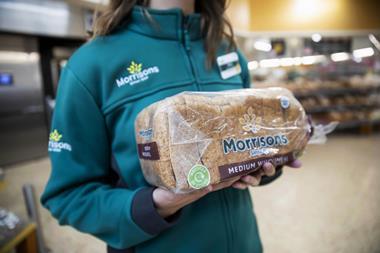
![J8865_Group_Shot_V1-2[2]](https://dmrqkbkq8el9i.cloudfront.net/Pictures/380x253/3/5/0/319350_j8865_group_shot_v122_230843.jpg)
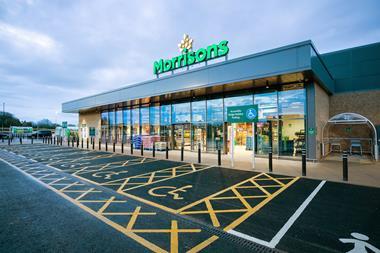
No comments yet